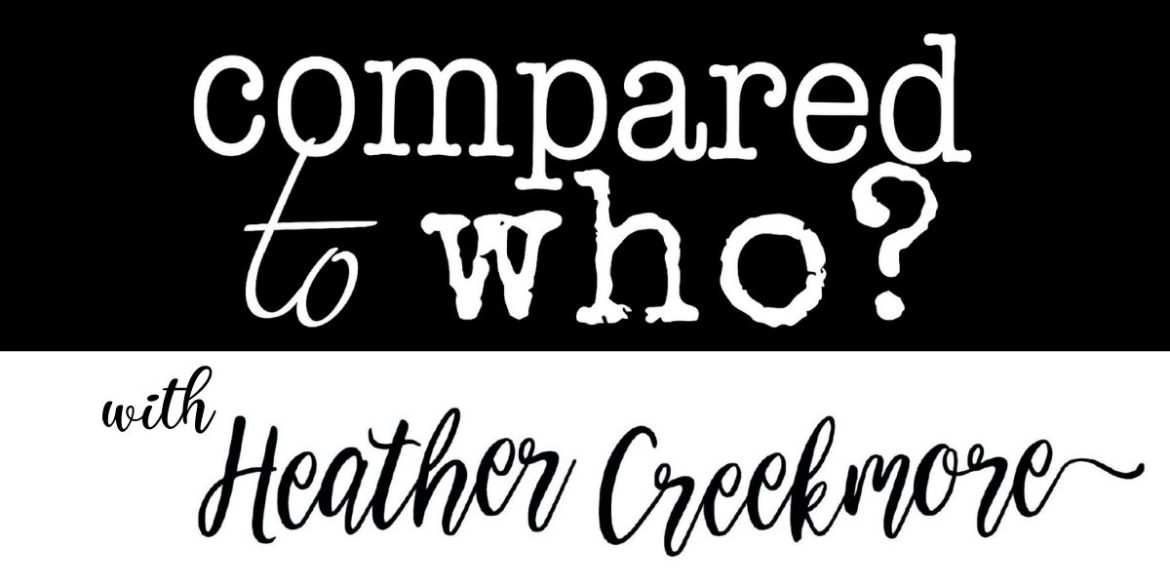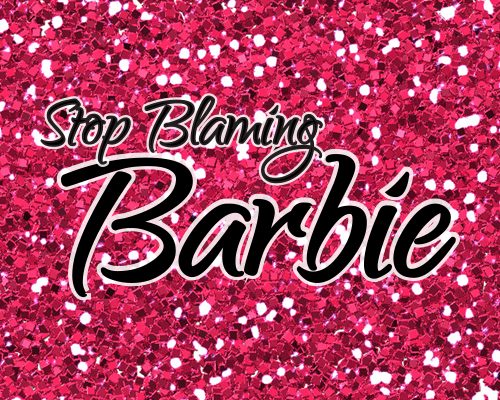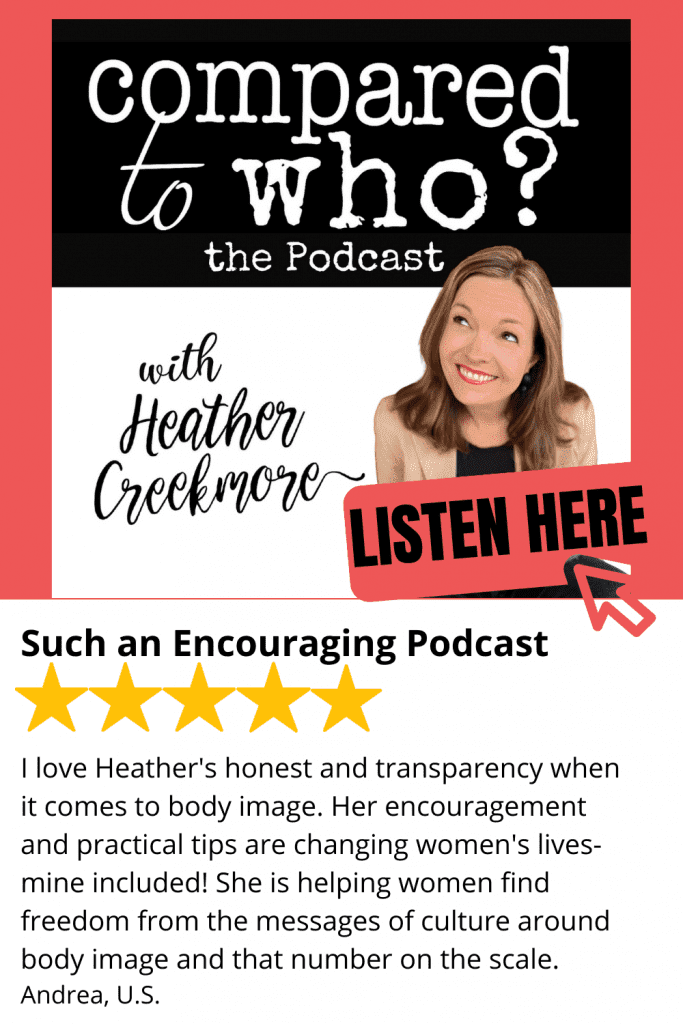“Finally, Barbie will look more like us!” The radio DJ exclaimed.
“This will help little girls feel better about themselves. It’s so great for them.” She gushed.
But is it true? Will the new, curvier Barbies–or their darker skin or shorter stature counterparts–really solve our culture’s body image problem?
I don’t think so.
Barbie-blaming dominates the body image dialogue. They claim the female’s innate dissatisfaction with the way she looks stems from a trifecta of pretty villains: those images we see on the screen, the ridiculous way models are photoshopped to printed perfection, and those disproportionately shaped dolls we played with in our youth.
Fix the images and fix the problem. Mattel conceded.
But, I disagree. I don’t think this fixes anything.
I’ve been the chubby girl. I’ve been the thin girl. Yet only now can I clearly recognize that the number on the scale didn’t really matter that much. My problems with my body weren’t actually with my body at all.
For more than two decades I wrestled with this body I’ve been given. I tried to beat it into submission; working hard at the gym so my genetically-predisposed-to-touch thighs would somehow stay away from each other and my flat stomach would help draw attention up and away from aforementioned thighs. I tried every diet plan out there (in some cases for even three days straight.) I took the pills. (Don’t tell my doctor.) Tried detox cleanses. I even paid well over $200 to have a nice lady in a cruise ship spa cover me in seaweed and some other awful-smelling substance and claim that I lost inches all over.
None of these external methods solved my problem, permanently.
The body image experts say these methods didn’t work because the distortions were in my head; that all those years of reading Glamour and watching Inside Edition have forced my brain into redefining beauty.
How do those messed up images in my head get fixed by designing a shorter, fuller-hipped and flatter-chested Barbie? Making everyone else look more “normal” doesn’t cure my desire to be beautiful–to stand out from the crowd as special.
I understand how body dysmorphia works in the brain. But, I don’t think that’s the only place we need to focus. If we want to be free of our body image struggles, then we need to address the problem in the other place it resides: in our hearts.
The dark and dirty truth behind why I craved beauty had nothing to do with wanting to keep up with the billboards. I never wanted to be perceived as thin, well-dressed, or “pretty” just to meet a cultural standard.
My problem instead: I viewed beauty as life’s currency. I believed that if I had beauty to give, I could have what I wanted.
If I give my man beauty…then he will give me love that never strays.
If I give my friends beauty…then they will like me and “approve” of who I am.
If I donate beauty to my work…then I will be lauded as pretty and smart and that’s “something special.”
I wrestle with a false belief that whispers, “If you looked better…your life would be better.” The lie reinforces my fears: that beauty is where my worth is found and that without it, I have little to offer.
So, I made beauty my goal. I made beauty my idol. I knew it would make me happy if I could somehow just get enough of it.
If I could just lose that ten pounds…if I could just have toned arms, or, if I could just get my hair to be celebrity perfect…then, I would be…happy, content, free…
But, I wasn’t. Idolatry is a trap not an exit strategy.
Rather, unveiling the lie of body image idolatry frees those caged by body image struggles.
Even if every model and plastic doll is forced to gain fifteen pounds and develop acne, we would still struggle.
Even if it was my face on that magazine cover, I know I’d still find something to critique on it.
The reason we struggle is not because we aren’t ‘beautiful’ enough physically. And, it’s not because photo-shoppers make others appear more beautiful.
The reason is because we take a good thing, like beauty, and we make it an ultimate thing. We give it priority standing in our lives, strive for it, live for it. We know it can deliver us.
But, it’s not Jesus so it can’t…won’t…doesn’t…deliver. Beauty can’t save us.
If you want to get off the self-improvement treadmill and are ready to experience freedom from your body image struggles, I’d like to invite you to stop blaming Barbie. It’s an out of the box approach to the body image issue. But, I think it’s the pathway to freedom.
Start by following this blog below and then taking the Body Image Awareness Quiz!
[mc4wp_form id=”4141″]
** Barbie is a registered trademark of Mattel and is not affiliated with Compared to Who in any way.





I am excited to be able to buy my daughter a Barbie that is closer to her shape, but I really don’t think she cares…..to her it’s just a plastic doll.
“I wrestle with a false belief that whispers, “If you looked better…your life would be better.” The lie reinforces my fears: that beauty is where my worth is found and that without it, I have little to offer.”……..this is the persistent thought that has brought me to tears so many times. If I am no longer the pretty one, then who am I and what do I have to offer? I’m a child of God is who I am and I that makes me mighty 🙂 That gives me the strength to face the bad thoughts and fears.
Thanks again for sharing, Heather!